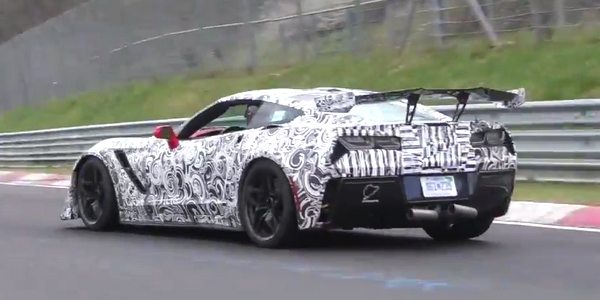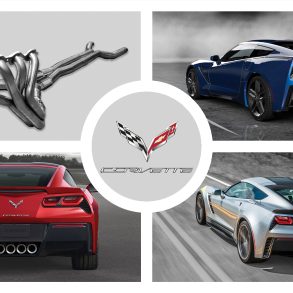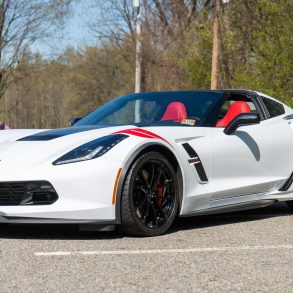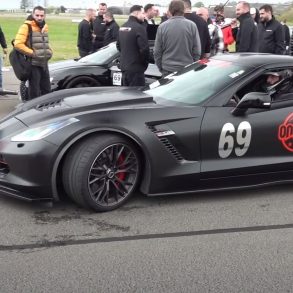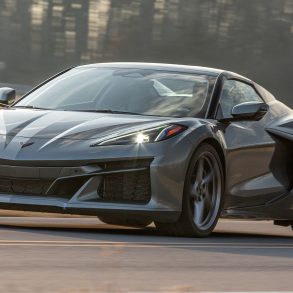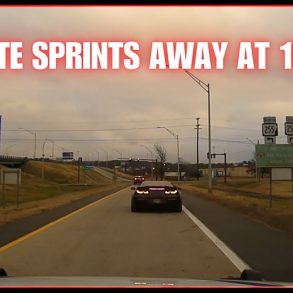Spy Photos Reveal Clues About the Next ZR1 Corvette
Since the introduction of the C7 Stingray in 2014, Corvette enthusiasts the world over have been clamoring about the possible return of a ZR1 Corvette edition production model. Over the past three years, Corvette has re-introduced several of the other iconic stablemates to the base coupe/convertible model: the Z06 returned in 2015, and the Grand Sport was re-invented and introduced to the line-up in 2016. Based on this trend, it seemed a logical progression that the ZR1 should once more rise to the pinnacle of the Corvette corral and takes it place as the most powerful and performance driven of all the C7 models.
So it was no surprise when spy photographers, perched cautiously at General Motors test tracks the world over, began snapping images of a heavily camouflaged variant of the C7 Corvette. Early spy shots revealed what is, presumably, the most hardcore, track capable Corvette yet.
Although initial information about the ZR1 was sketchy at best, more recent testing of the ZR1 at the Nürburgring Motorsports Complex (located in Nürburg, Germany) has revealed more about the car with each successive test run it makes. While the car is still camouflaged by the black and white swirl pattern synonymous with prototype test mules, more of the ZR1’s body lines are now visible to all who are trying to get a glimpse at GM’s next super car.
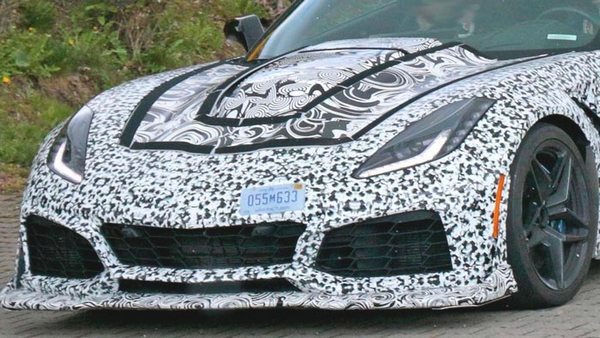
While certainly similar in overall appearance to the Grand Sport and Z06 models, the ZR1 prototype does have some distinguishable differences from these other cars. Most notable is the massive wing on the back of the car. This wing should help to create additional downforce to help keep the car firmly planted on the road/track. The car also appears to have a removable carbon-fiber roof. As with other C7 models, the ZR1 prototype also appears to use different wheel diameters for the front and rear with staggered tires, and it retains the blue brake calipers like those used on the sixth-generation ZR1.
Even though exterior clues give automotive enthusiasts a lot to speculate about, the actual powertrain of the car is still a complete mystery. In spite of that, some speculate that the powerdome rising up from the center of the car’s hood and the additional air vents could indicate an engine that is even more robust than that found in the 650 horsepower Z06 model. Speculation about the transmission is equally elusive, though its reasonable to think that GM would exclusively offer a seven-speed manual gearbox, which would carry on the tradition of the ZR1 in previous iterations.
Perhaps the most unique feature of the new ZR1 Corvette isn’t just what’s visible, but instead it is what GM hopes to incorporate into all future models of Corvette. With all of the visible “aero-bits” on the ZR1 prototype, it is plausible that the C7 ZR1 Corvette could be the first model to utilize an active aerodynamics system. Active aerodynamic helps to literally “aero-vector” the car for faster cornering speeds. General Motors first revealed that they were pursuing this technology with a patent application they filed in May, 2016.
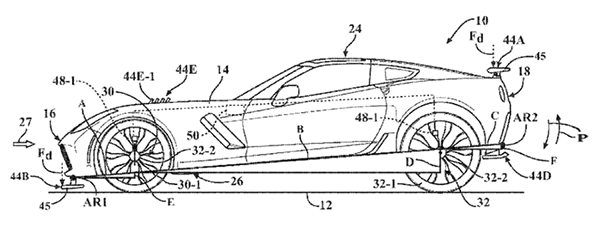
Whats With That Exhaust?
On a recent run at the Nürburgring, several spy photos were captured that show the ZR1 equipped with unusual looking, long pipes extending out and away from the car’s chassis. While these pipes are clearly not production equipment, it has left many enthusiasts wondering exactly what is the purpose of these exhaust pipes?
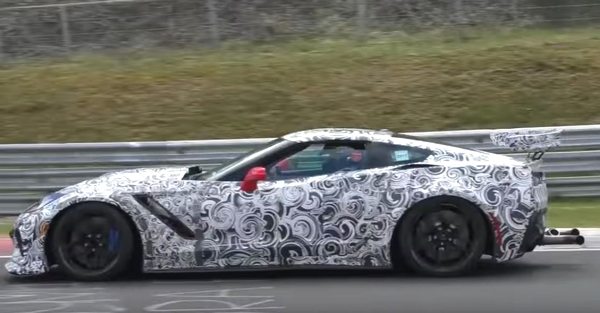
One report suggests that the pipes help reduce the volume of the exhaust. It is believed that the exhaust volume may have exceeded 100dB during industry test sessions and that adding the additional pipes to the exhaust system may help reduce the amount of sound produced. While the explanation sounds plausible, it raises another question. Why now? There have been plenty of cars that run the Nürburgring that easily exceed the 100dB threshold – so why would it be necessary to restrict the sound on this particular car?
In an article published by AutoBlog.com (written by Joel Stocksdale), they offer the following theory: “Corvettes have had adaptive exhaust for a long time now. Perhaps this is an evolution of it. For street driving, there may be baffles in place to keep the exhaust from attracting the attention of law enforcement and deafening the driver. Then, when the car is taken on the track, the driver could flip a switch, open up the baffles, and have a less restrictive exhaust to get every last pony possible. It sounds like an easy idea to implement, and would certainly attract attention. Ideally, this hypothetical exhaust system would allow for some adjustment, since some tracks still have noise restrictions.”
All of the evidence indicates that General Motors is moving ever closer to introducing a ZR1 Corvette to their lineup, but as for exactly when we can see this car? Nobody really knows for certain. Some speculation is that Chevrolet will unveil the ZR1 at the 2017 Continental Tire Road Race Showcase IMSA event in August, 2017, though others question the date as being unrealistic and/or impractical to roll out a new production car to the public. Still, with all of the test mules being spotted – including its most recent siting at the Nürburgring, it is reasonable to assume that the wait for Corvette’s next – and presumably most powerful – variant will be available soon.


